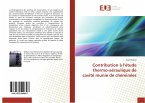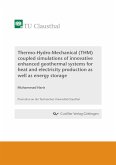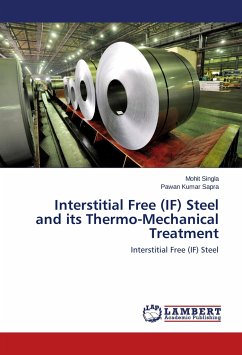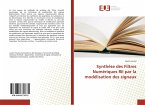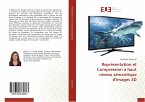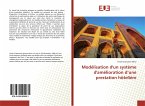Thermal Energy Storage (TES) systems are essential components of multiple types of power plants operated using renewable energy sources. The packed bed TES is considered as a cheaper alternative to the standard two tank molten salt facility. Such a device is made up of a tank filled with a granular bed through which a heat-transfer fluid circulates. However, such a packed bed design is prone to mechanical failures caused by the punctiform contacts. Thermal stresses are accumulated due to the differential dilatation between the filler and the tank walls. This phenomenon is irreversible and is known as "the thermal ratcheting effect". The purpose is to study the behavior of a granular medium inside a packed bed storage by measuring the applied stresses on the tank walls using home-made force measurement devices. To this end, tests are performed on an experimental set-up called "ESPERA" constructed at the CEA-Grenoble at ambient and high temperature using spherical glass beads of 4mm diameter. In addition, validation tests were realized for the sensors in order to verify their sensibility toward different ranges of forces.
Bitte wählen Sie Ihr Anliegen aus.
Rechnungen
Retourenschein anfordern
Bestellstatus
Storno


